During a recent House Transportation Committee hearing, Representative Kevin Kiley (R-CA) grilled Secretary of Transportation Pete Buttigieg on California’s controversial high-speed rail project.
Kiley’s questions highlighted the issues imposed by the $3.1 billion pricetag on the massive project funded by the Biden administration.
EV Mandate
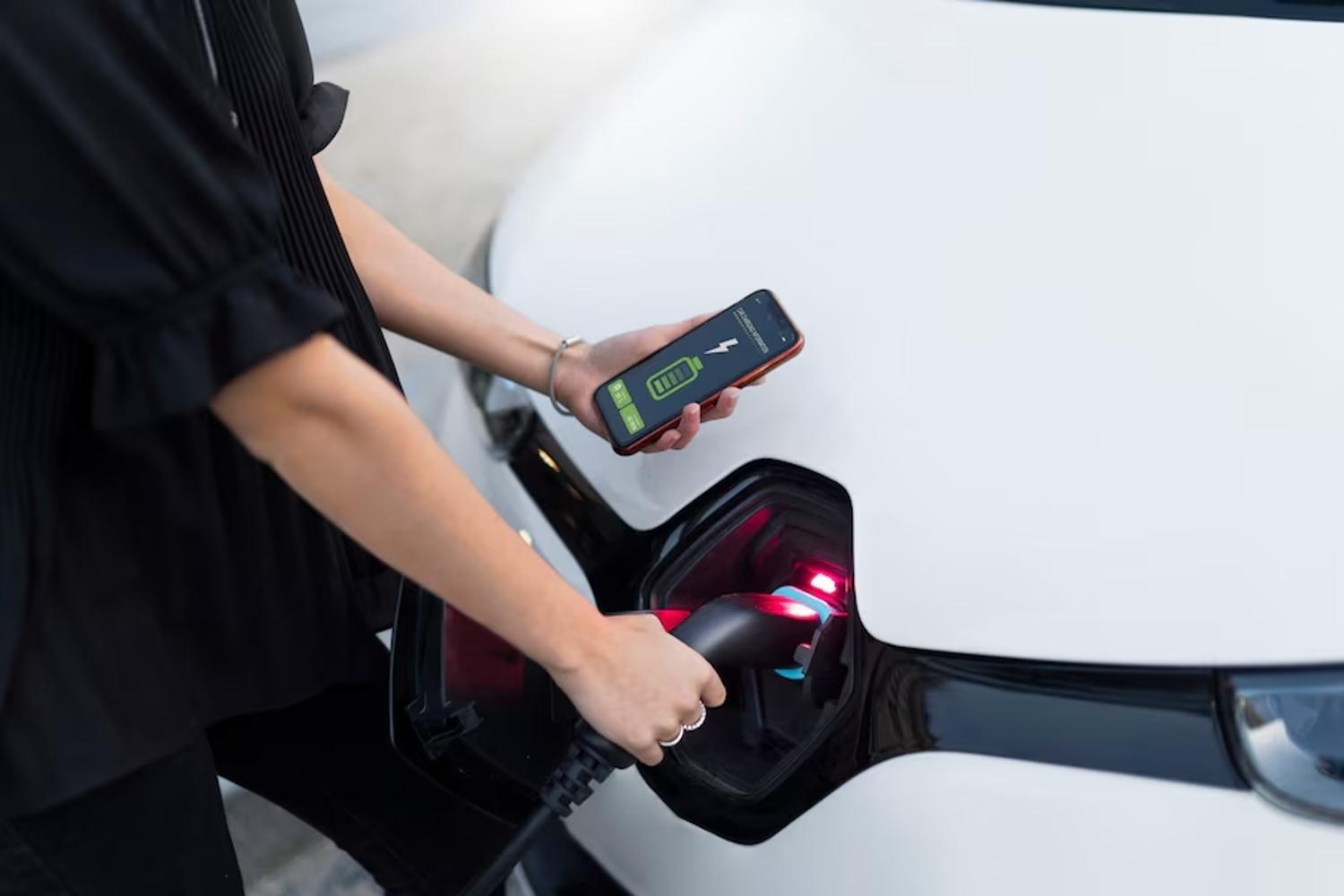
The discussion in the house began with a discussion on electric vehicles (EVs). Kiley began to question Buttigieg and his administration, emphasizing that there is no federal mandate that forces customers to purchase EVs.
Currently, the administration’s policies are to provide economic incentives and support to expand Ev infrastructure. Kiley has previously criticized the Transportation Secretary for attempting to impose mandates on EV sales.
Consumer Choice
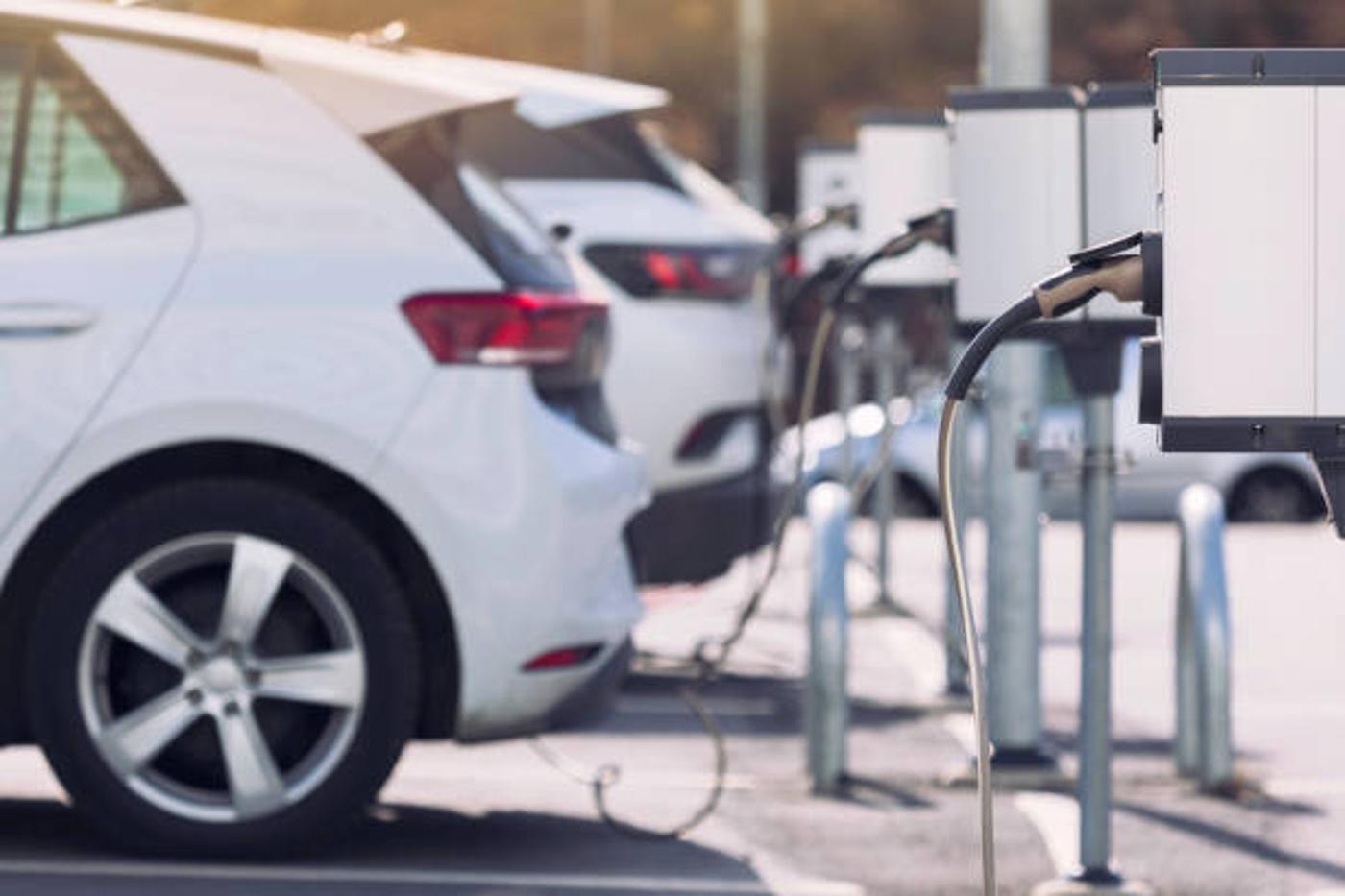
Kiley began to grill Buttigieg on his decision to ban gas-powered cars in the state, saying that the law restricts consumer rights.
In response, Buttigieg maintained that the federal policy supports consumer choice; it simply allows more incentives for buyers to select EVs over gas-powered cars.
High-Speed Rail Fail

California’s high-speed rail project has been at the center of multiple controversies with delays and budget overruns. The project aims to allow passenger travel from Los Angeles to San Francisco in just two and a half hours.
Buttigieg tried to confirm that the Department of Transportation recently sent $3.1 billion to the project. Gavin Newsom, the governor of California, said that the move proved a vote of confidence for the project’s future.
Nightmare Project
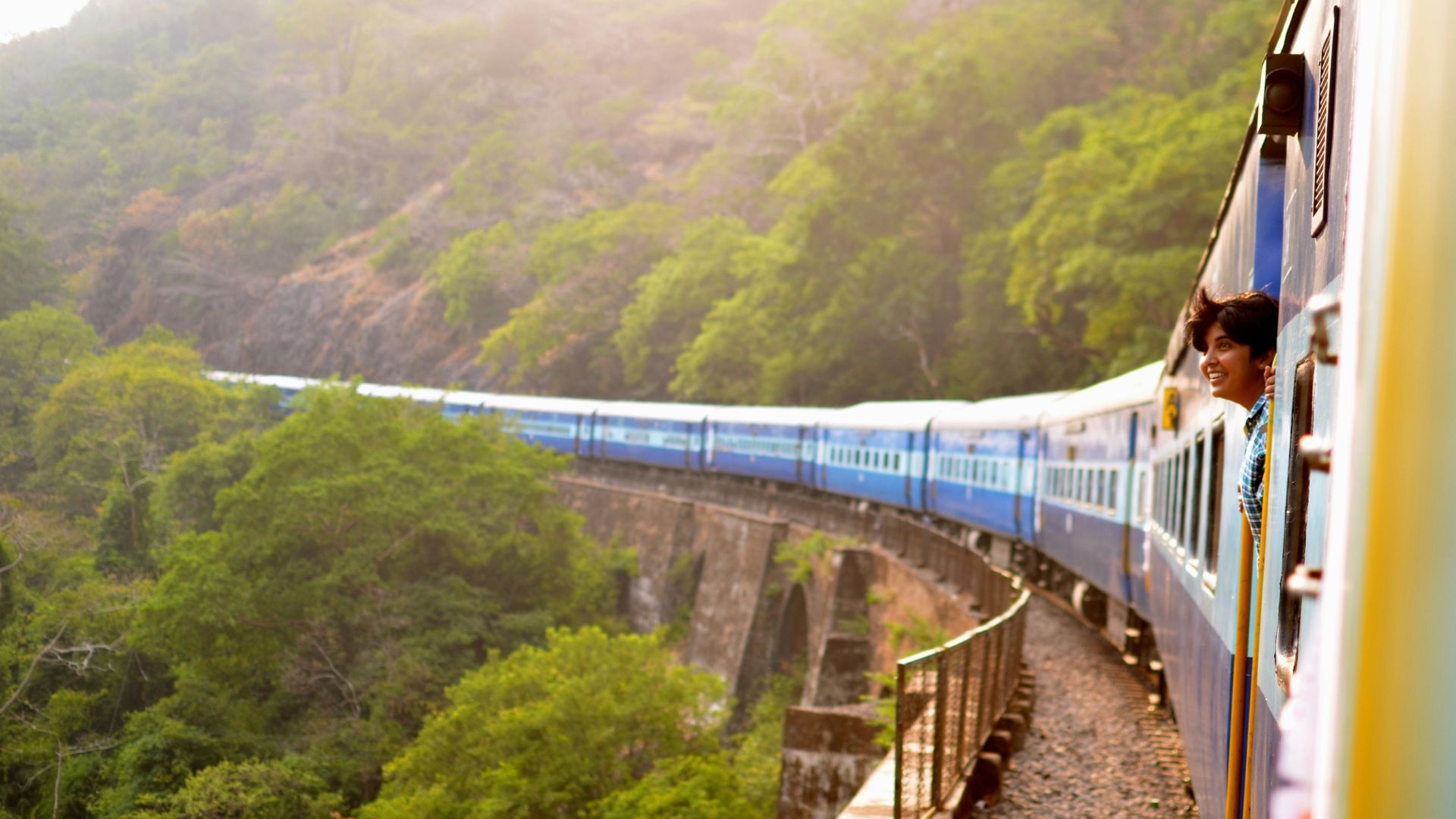
Both the New York Times and the Los Angeles Times have described the project as a “nightmare” and a waste of taxpayer funds.
Conservative estimates have shown that the total project could cost up to $100 billion and might not be completed for decades.
Concrete Timelines

Kiley pressed into Buttigieg again to lay out a concrete timeline for the completion of the high-speed rail line.
Buttigieg pushed back on giving a strict completion date, saying that significant progress is expected in the next decade.
Technology Could Wind Up Behind
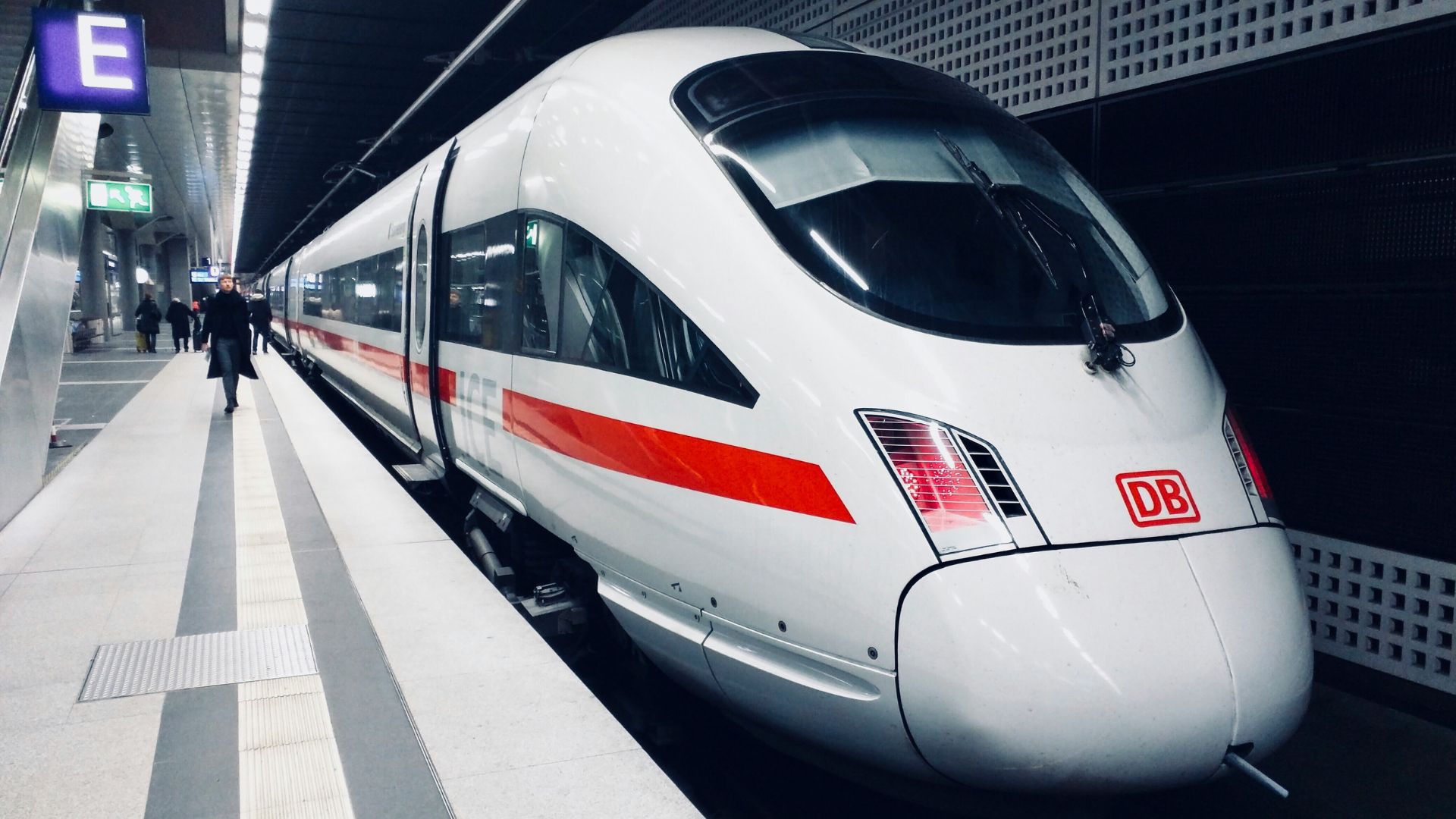
Based on the lengthy timeline of the project, critics think that by the time the railway is completed, the technology could be seriously outdated.
However, high-speed rails are not yet available in North America, and Buttigieg thinks that the first rail system needs to be constructed so newer technologies can be used in the country.
Could the Project Fail?
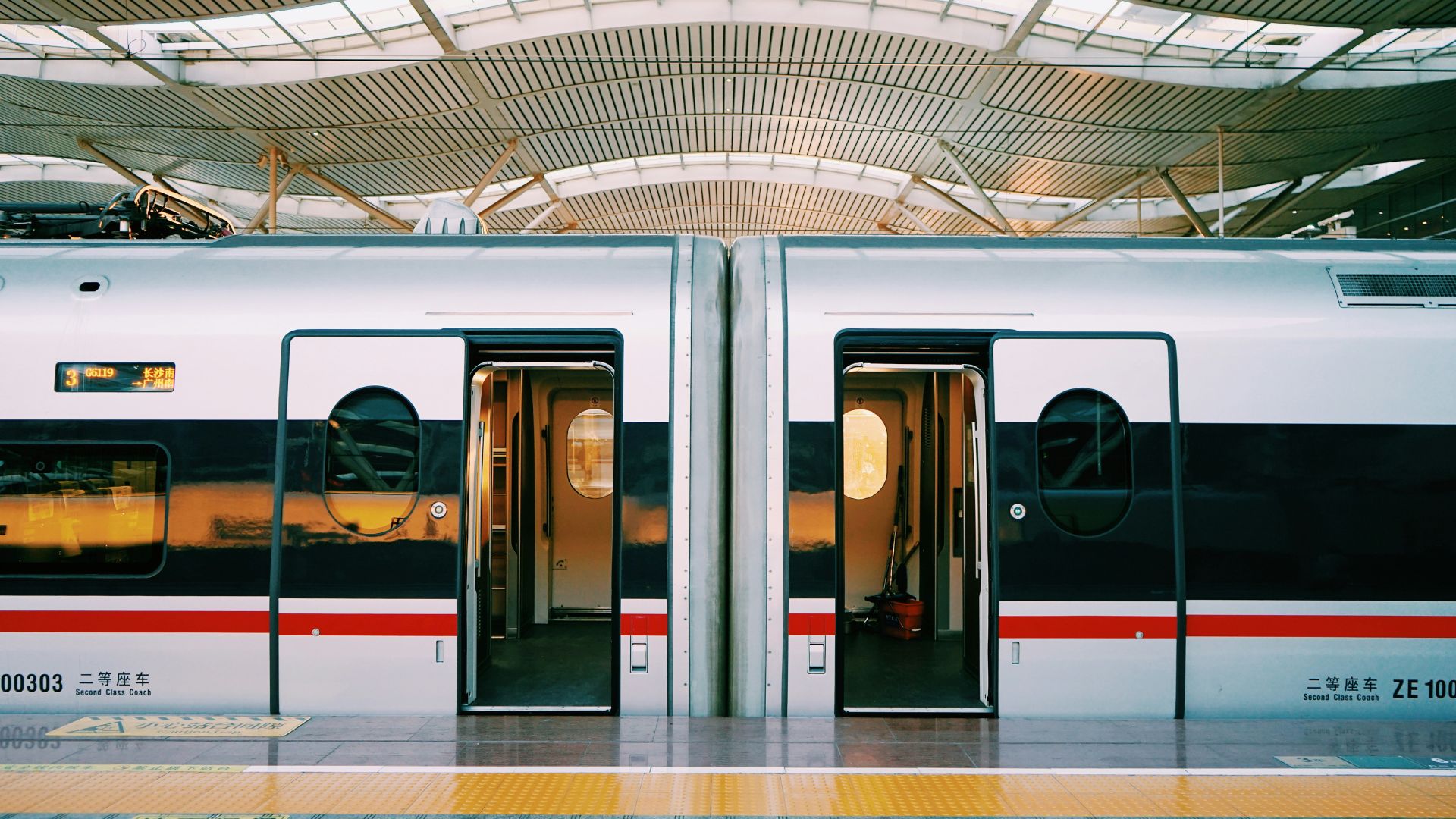
The lengthy timeline and the cost of the project could likely mean that the project will be built for decades with no results.
The scrutiny from lawmakers like Kiley represents the accountability pressures that this type of project faces.
Critical Questions
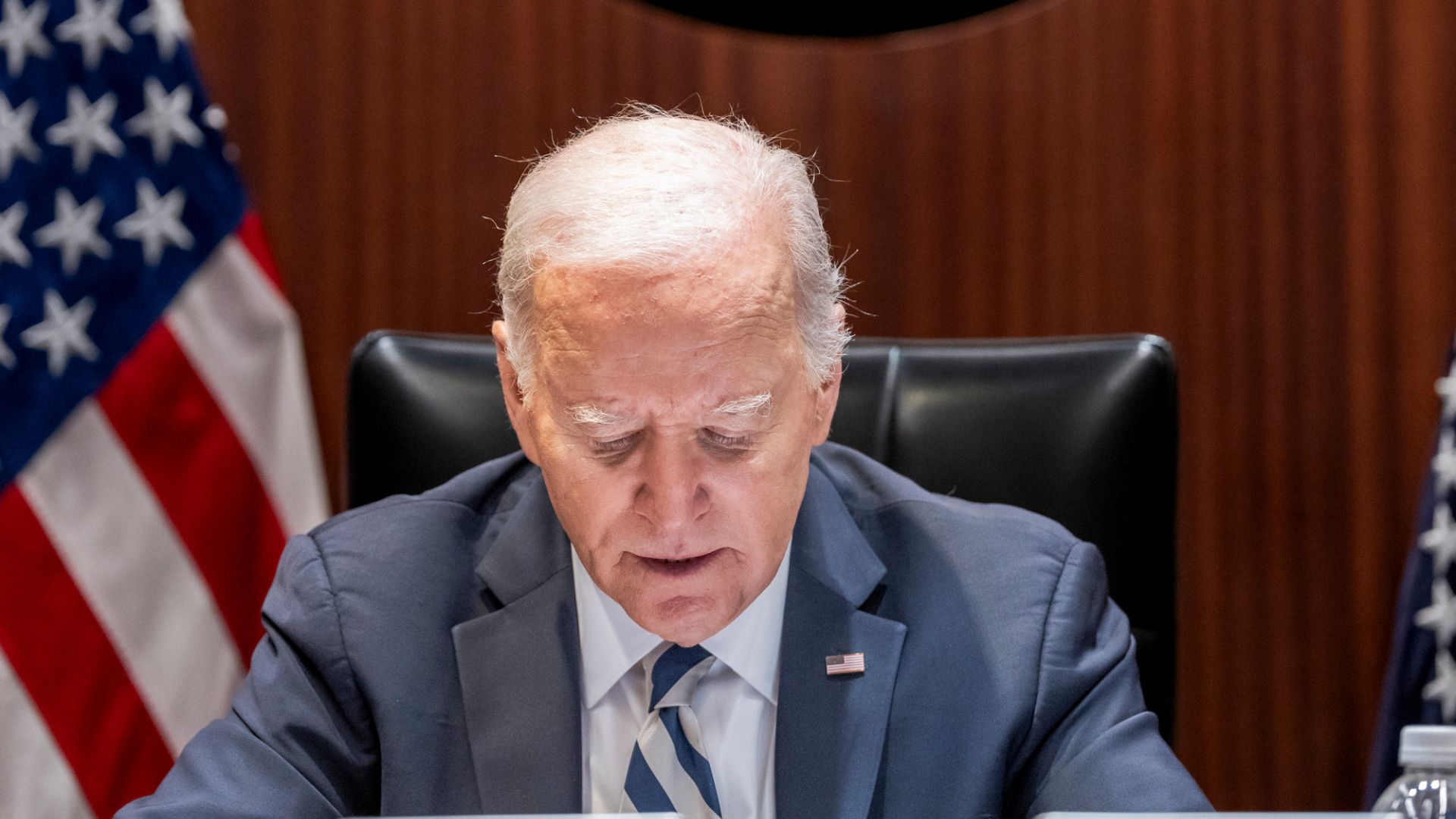
The viability and reality of the high-speed rail project in California should be questioned when the state is known for failing to properly allocate resources and finances.
Federal support remains strong for the project and likely means if President Biden is reelected this fall, more funding will become available for the project.
Economic Impacts

More questions have been posed about the economic impacts of the project.
While thousands of engineering and construction positions could be implemented during the creation of the project, it’s unknown if the project has widespread commercial capabilities or if it might lose money once opened.
Environmental Impacts
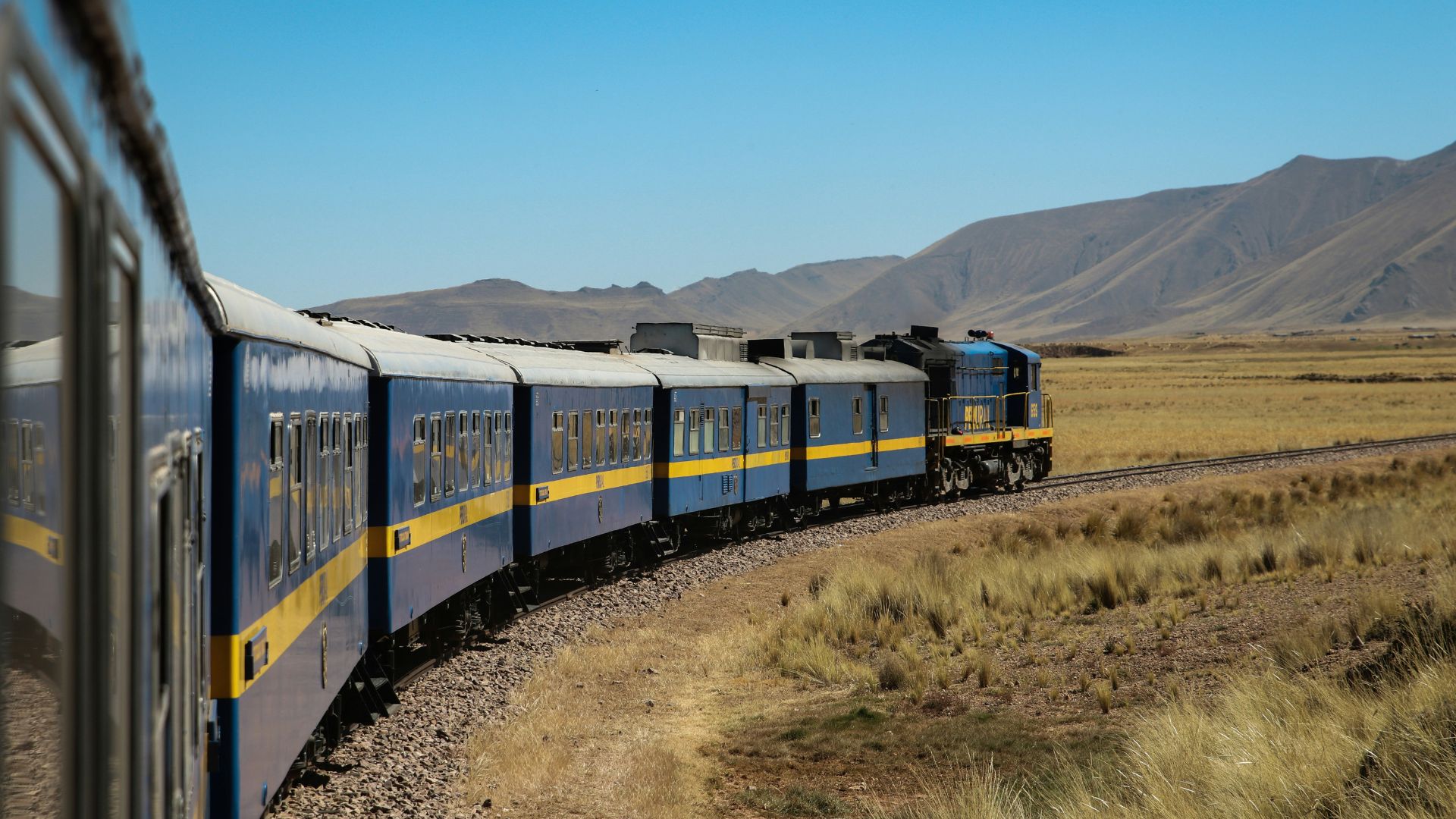
Along with several financial downsides, the railway project will have several negative environmental effects.
To pass through the interior or coastline of California, several natural habitats and plantlife will need to be plowed through.
Without the Rail Project, Traffic Will Continue to Worsen
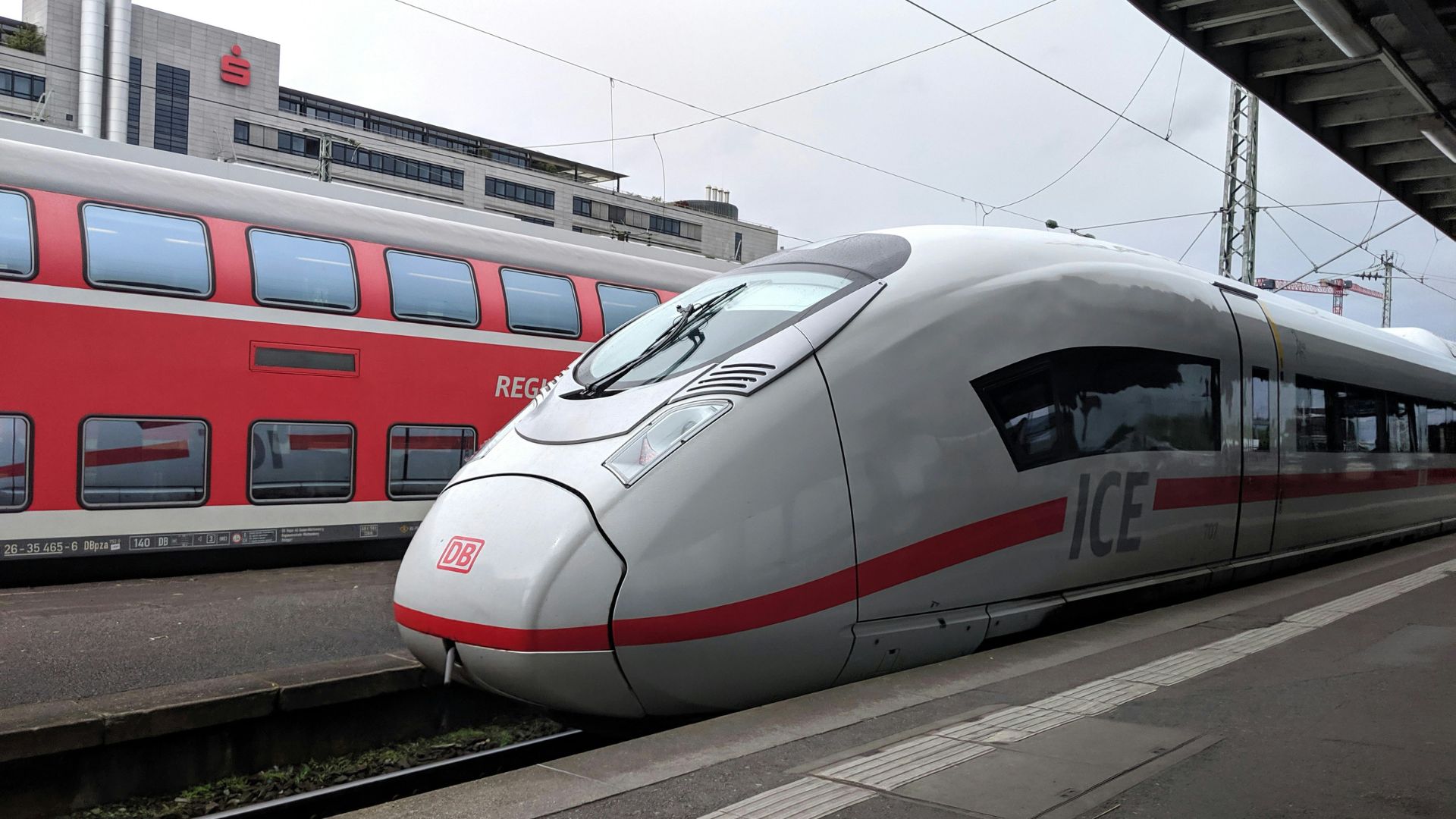
It’s no secret that getting around California is expensive and time-consuming.
By implementing a high-speed option, the state plans to lower emissions caused by cars and planes while offering an inexpensive form of travel for residents.








































